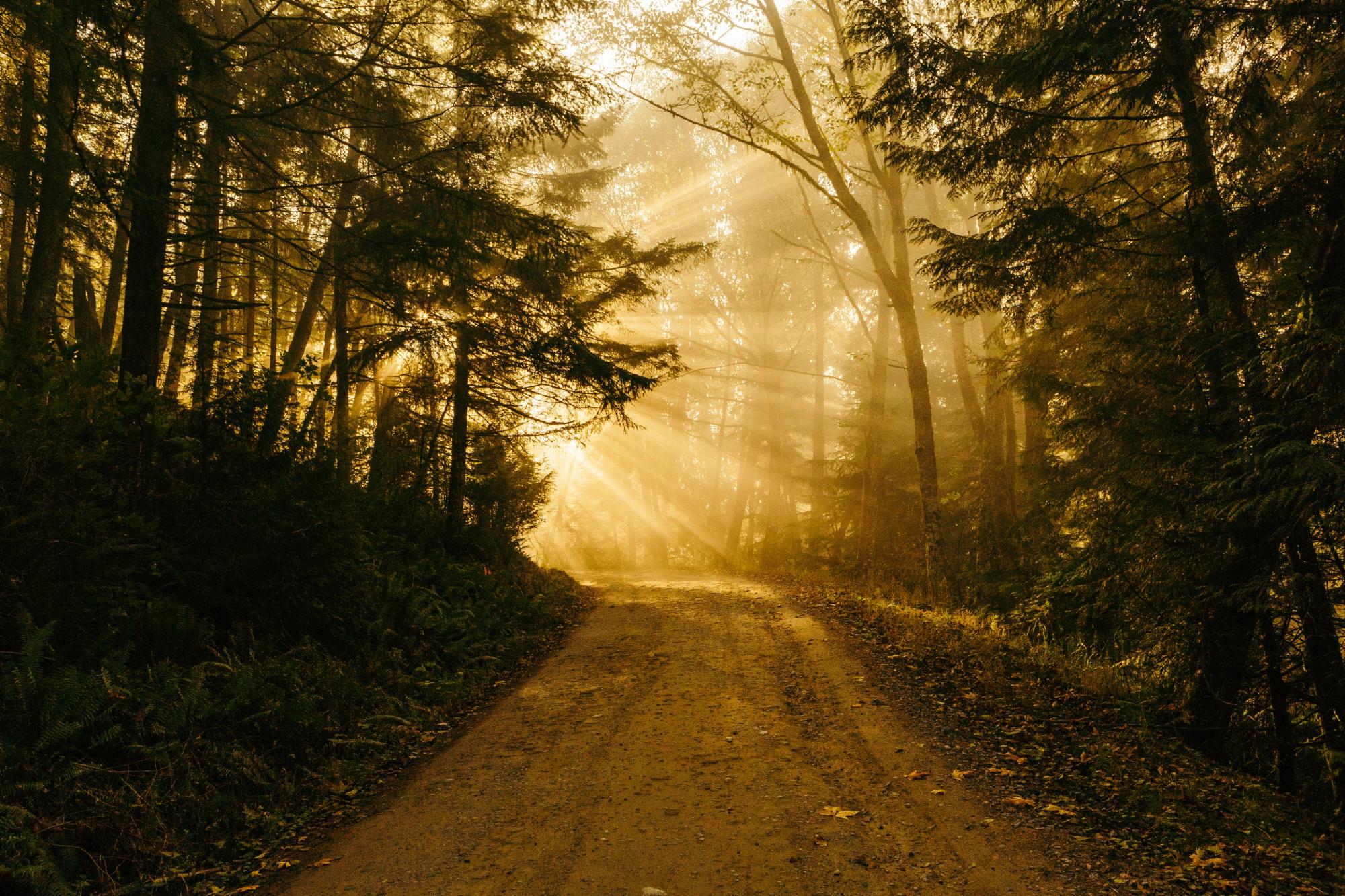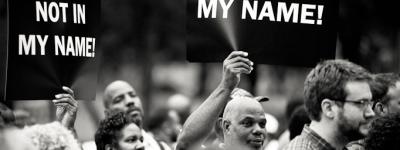There was a light I was walking towards.
The journey began when I stepped into the world of conflict resolution as a mediator. I began to see how desperately people wanted to rebuild relationships that were affected by conflict and to address the underlying influences that were harming people within our communities.
Through prayer and determination, my heart opened to a deeper understanding of the ministry to which I was being called: that of accompanying those seeking a more transformative way to work through conflict, harm, and disagreement.
What shaped and informed this calling was three years of studying and learning about restorative justice principles and practices, with a focus on peacemaking circles. I learned that circle process provides a way to address conflict, to repair and heal from harm, and to build healthy relationships.
God was beginning to show me the light.

My path became further illuminated by my work in the Catholic Church, where I am currently consulting both in and outside of my local diocese of Orange, California.
In my diocese, we created a healing circle for survivors who have lost a loved one to homicide. This need for mutual support, particularly among the Latinx community in Orange, is immense; these survivor healing circles provide a place where heartache and grief can be fully expressed.
Initiated during the pandemic through virtual technology, the Spanish-speaking group has grown to the point where a new circle will soon be formed. The members recently organized a “healing Mass” that took place this summer with more than 100 people in attendance.
And so the light grew brighter.
Also notable is a pilot project I recently completed with Dr. Desirée Anderson, Associate Dean of Diversity and Student Affairs at the University of New Orleans.
Working with Holy Trinity Catholic Church in Washington, DC., Desirée and I co-created and led an advanced circlekeeper workshop focused on racial understanding. It was a six-week virtual commitment dedicated to building a circle process that promotes human dignity, hope, and healing centered around pervasive racial inequity, historic cycles of racial prejudice, and the harm of unhealed oppression in a racially fractured nation. Our learning together was productive and intense because of the deep commitment of this group of parishioners to affect change within their community.
There is so much more to share about my journey toward the light of restorative justice, but I will conclude with a few key blessings, challenges, and lessons:
-
This is the Lord’s work that requires me to listen carefully. Seeking God’s Kingdom first in prayer every single day centers me in loving my neighbor as myself.
-
To accompany others in their need is not to help or fix them but to show up based on what their true need is, not what you might think it is. Ask and then listen deeply.
-
Catholic social teaching has been an important guide for faith-based values formation of the restorative practices with which I am involved.
-
The information readily available through CMN’s Paths of Renewed Encounter: A Restorative Justice Engagement Guide for Catholic Communities provides thorough and comprehensive resources for any level of learning.
I believe the faith-based restorative justice work taking place now within the Catholic Church is a crucial expression of love that I hope will be an antidote to the heartbreaking problems ailing our society today.
May we find accompaniment in one another as we journey toward that light.


